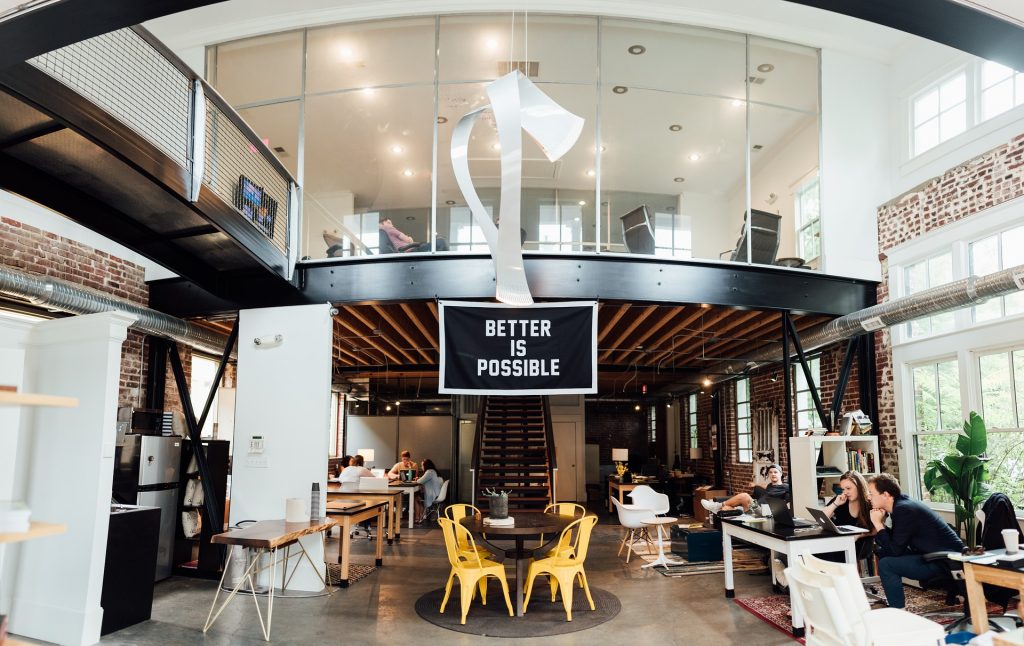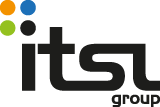
The office as we knew it
Traditional offices can be either closed-rooms or open-space configurations. More conservative businesses (e.g. offices of manufacturers, pharmaceutical companies etc.) have the typical closed-door offices where employees work alone in their office room or share it with 1-2 other colleagues. This setting promotes social distancing but has a siloed approach. Therefore, if a team of 2-3 people can work from home by connecting virtually, there is no reason to go back to an office – the operating cost increases significantly at no additional value.
Open offices foster collaboration and are much more social. Normally, within an open office space setting, companies offer a variety of meeting rooms from huddle space and private call areas through to larger 10-20 people meeting rooms. This concept is great but will not be sustained after the pandemic is over – social distancing will become the norm and thus open offices will become inefficient – 30%-50% fewer people could be fitted in the same area.
Regardless of the office configuration businesses will come back to, Audio Visual technologies will have to be enhanced to serve best the new setting. Here is what ITSL can do about it!
The present: Work from home
Working from home has some undeniable benefits. From a financial perspective, employees save on commute costs (and time), spend less money on food and will ultimately save you costs on office space and office supplies. It is also the safest option in the context of Covid-19. According to https://www.entrepreneur.com, Most remote workers report increased productivity and taking fewer sick days. Their work-life balance improved which tremendously helps employee retention.
An obvious disadvantage of the home office is reduced visibility among colleagues and managers. One remote worker shared that he prefers to spend most of his working day live on camera so that his team can see he is always available. His reasoning is also that by being live on the webcam, colleagues can see his state of mind – e.g. is he well-rested or feeling a bit down. This puts the human aspect back on the table and teams can be empathetic even when working together from a distance.
ITSL has created a list of tips on how to improve the home office experience. Read them here!
The future: A mix of home office and collaborative spaces
We feel that meeting rooms will not disappear and teams will still rely on them to collaborate and make effective decisions. There will be restrictions as to how many people can fit in a single room, so video conferencing technologies will remain critical – it would be vastly important to ensure the same experience for teams on site as well as for their virtually-connected colleagues.
This holds true not only for office buildings but also for the countless hotels offering meeting spaces. A single day use of a hotel conference room can cost up to £500. Hotels will have to justify this premium by offering advanced technologies that will connect teams seamlessly.
Meeting spaces and shared offices will continue to be preferred for their social aspect. The pandemic has isolated people for months (and realistically could last for more than a year), so the face-to-face human interaction will be very important for colleagues. The flexibility of these spaces is also important – there is no need to be in the office every day, so there will be a balanced mix of in office and virtual work from home, or indeed, anywhere.
How do you see your office evolving after the pandemic is over?

